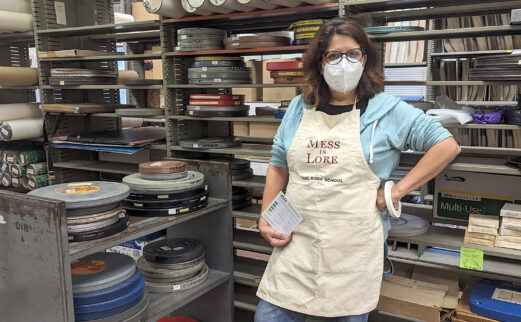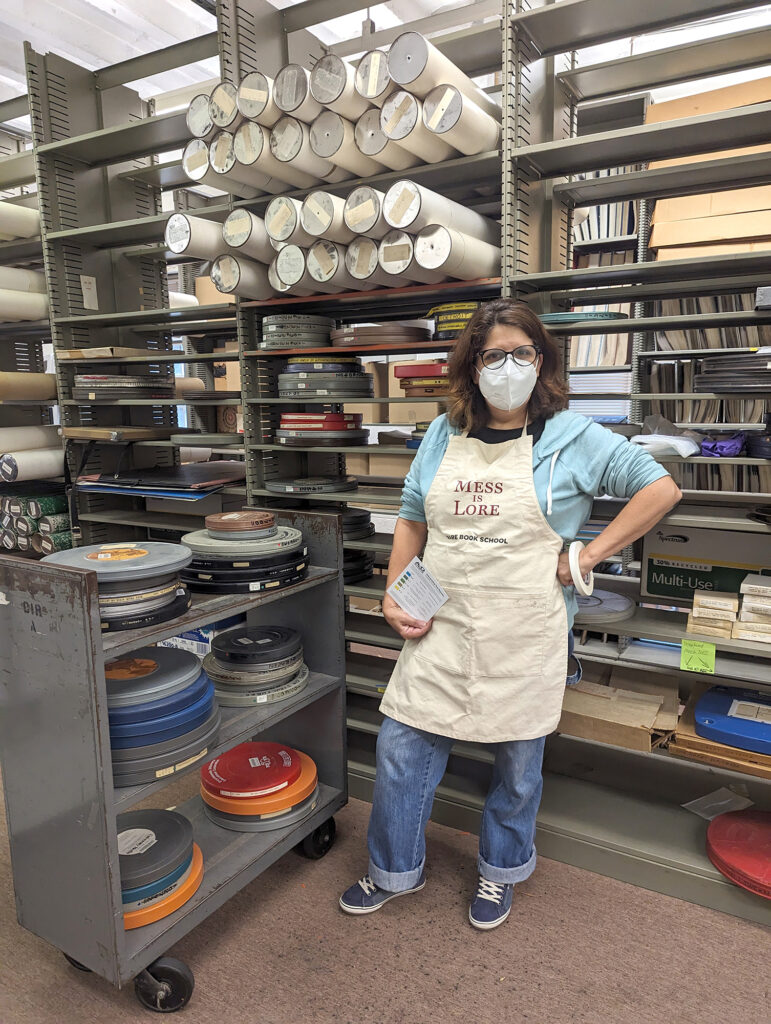

Maintaining a healthy academic library collection is crucial to meeting the ever-evolving needs of users. Just as humans require regular exercise, a balanced diet, good hygiene, and medical screenings, a library collection requires constant attention and adaptation. At the University of Tennessee Libraries, we have implemented several practices to guard our collection’s long-term health. Here are some of the strategies we have employed over the past year in preparation for the soon-to-be-built Library Storage Annex and for overall collection vitality and effectiveness.
Understanding Collection Strengths
UT’s libraries collectively hold more than 2.5 million books and print items. With a collection of that size, it can sometimes be difficult to anticipate potential problems and implement large-scale solutions. Generally projects are broken down into smaller chunks of the collection, targeting one area of study or one branch library at a time.
To support the addition of the new Library Storage Annex, UT Libraries is using a tool called GreenGlass to learn more about our collection and its strengths. GreenGlass creates graphs, charts, and other visualizations that allow us to understand how different areas are used, the breadth of our collection, and how we compare to other libraries nationwide. This analytics-based approach empowers us to make informed decisions about selections, deselections, and retention that support our world-class collection.
Informed Book Selections
We are preparing for the addition of the storage annex by continuing to improve the effectiveness of the libraries’ approval plan, the system for automatically adding material to the collection. In 2019 we adjusted the approval plan based on factors such as circulation of print materials, usage of electronic content, subject matter, and publisher information. In 2023 we analyzed the effectiveness of those changes.
In short, the changes appear to be well received by our patrons. Our e-book usage continues to increase, and although we are adding fewer print books than in years past, the books we select are circulating with greater frequency.
The changes made to the approval plan—most notably, the continued shift from print to electronic material in certain subject areas—were informed by direct evidence from our users and reflect changing preferences regarding the kinds of items a modern academic library is expected to contain. Ultimately, this will result in increased access to needed information, fewer books sitting unused on our shelves, and a more efficient use of our valuable physical spaces.
Detecting and Mitigating Deterioration
Acetate film base degradation, more commonly referred to as vinegar syndrome, is a process of decay common in acetate film stored in humid or warm conditions—precisely the conditions that prevail during the summer months in Hoskins Library, where most of our collection of this material is stored. Vinegar syndrome can cause film to warp and shrink, eventually morphing it into an unusable hockey puck. As the film deteriorates, it releases a headache-inducing vinegar-like smell that can sicken people and spread deterioration to items stored nearby.
To protect the health of the collection and the health of library employees, acetate film with vinegar syndrome has been removed from Hoskins Library. Those involved in removing the contaminated film wore masks and other protective gear. The new Library Storage Annex will provide a stable cold, dry climate that will better preserve acetate film.
Identifying Titles for Collective Retention
A critical aspect of maintaining a healthy collection involves identifying and preserving essential materials, especially those not readily available elsewhere. As part of its membership in library groups across the country, UT Libraries has committed to retaining specific titles for perpetual use. Under these partnership arrangements, one library agrees to keep all the volumes of a given print journal in its holdings; if there are gaps, another library commits to keeping the volumes needed to complete the set. Collaborating in this way, libraries ensure greater access to more content for their users, and individual libraries are better able to maintain diverse collections that meet the needs of their faculty and students.
Recently UT Libraries added to its retention partnerships by identifying and agreeing to retain journals that are no longer owned by any other academic library. The new Library Storage Annex will provide adequate conditions to help us preserve those print issues, which might otherwise be lost to humankind.Maintaining a healthy academic library collection is an ongoing process. Relying on a data-driven approach that incorporates guidance from subject specialists, we can understand the strengths of our collection and make informed decisions for new selections, deselections, and retention. This approach ensures that what we house in our spaces, including the future Library Storage Annex, are the resources that best serve our academic community and the state of Tennessee.